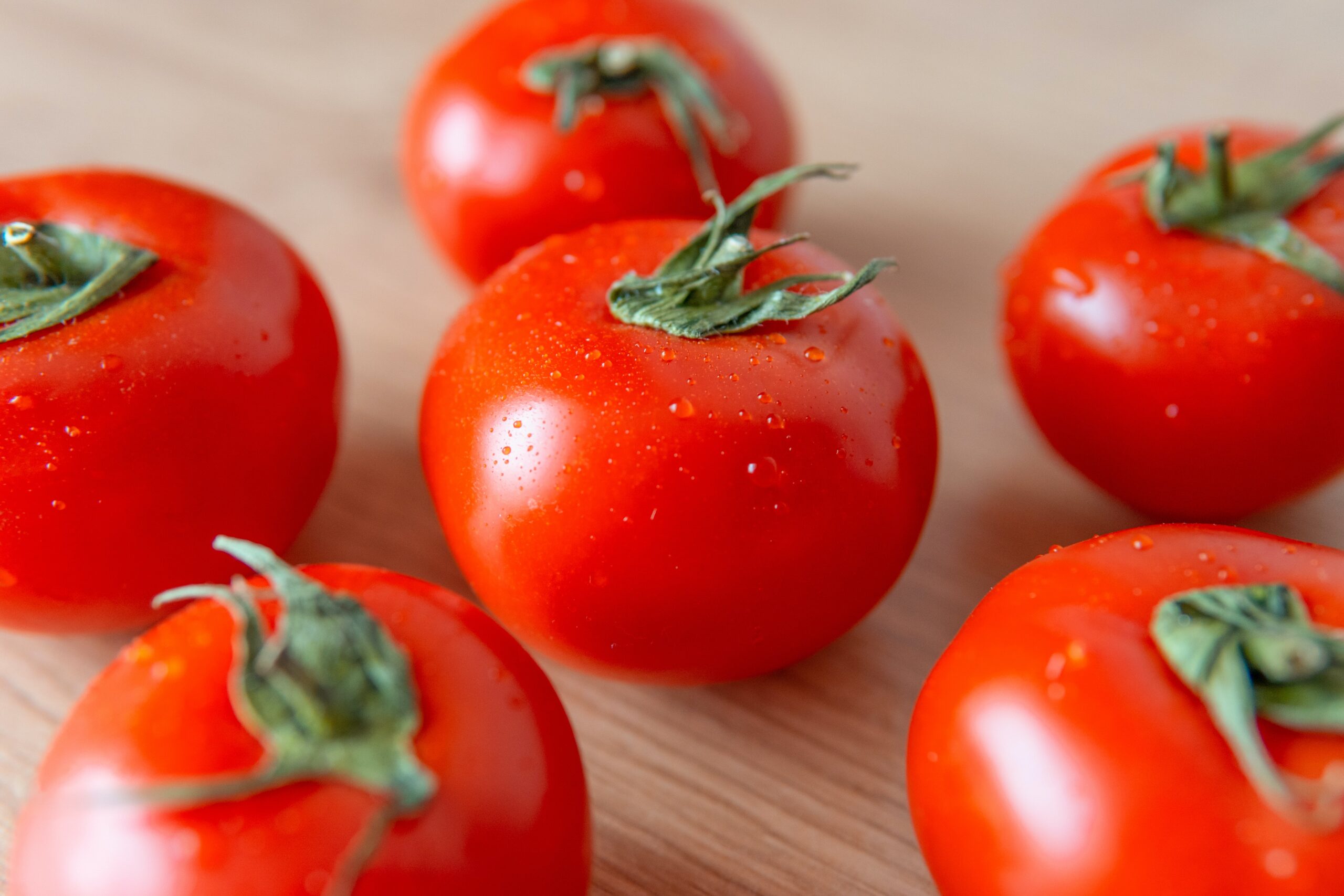
In recent days, households across the nation have been hit with an unexpected blow as tomato prices skyrocketed to an alarming ₹120 per kilogram. This dramatic surge in prices has left many consumers feeling the pinch, and for those already grappling with financial constraints, it’s a particularly bitter pill to swallow.
Tomatoes, a staple ingredient in countless dishes, have long been a kitchen essential. From curries to salads, sauces to stews, they bring flavor, color, and essential nutrients to our meals. But as their prices soar, many are forced to reconsider their meal plans and find alternatives that won’t break the bank.
Several factors have contributed to this unsettling price hike. Fluctuations in weather patterns, crop diseases, transportation disruptions, and supply chain challenges have all converged to create the perfect storm. The delicate balance between supply and demand has been thrown off-kilter, sending shockwaves through the market and leading to these unprecedented price levels.
The impact is widespread. Families, already grappling with the economic aftermath of the pandemic, are finding it increasingly difficult to manage their grocery budgets. Those on fixed incomes, daily wage workers, and students are among the worst affected. The increased cost of tomatoes also ripples through the restaurant industry, potentially leading to menu changes, price adjustments, and an overall shift in dining experiences.
As consumers, what can we do in the face of such adversity? Firstly, it’s crucial to stay informed about the factors contributing to these price hikes. Understanding the reasons behind the increase can help us make more informed choices and adapt our consumption patterns accordingly. Additionally, exploring alternative ingredients or substituting tomatoes in some recipes can help mitigate the financial strain.
Advocating for policy measures that support agriculture and food security is also essential. Governments can play a pivotal role in providing assistance to farmers, ensuring stable supply chains, and implementing price controls to prevent excessive inflation of essential food items.
While tomato prices have reached an alarming high, it’s important to remember that this situation is not permanent. Agricultural markets are known for their fluctuations, and with time, efforts, and appropriate measures, the situation can improve. In the meantime, communities can come together to share tips and recipes that prioritize affordability without compromising on nutrition and taste.
In conclusion, the recent surge in tomato prices to ₹120 per kilogram has undoubtedly strained the wallets of many households. As we navigate this challenging period, it’s essential to stay informed, adapt our cooking habits, and advocate for policies that support both consumers and farmers. By working collectively, we can hope to weather this storm and ensure that kitchen staples remain accessible to all, regardless of financial circumstances.






